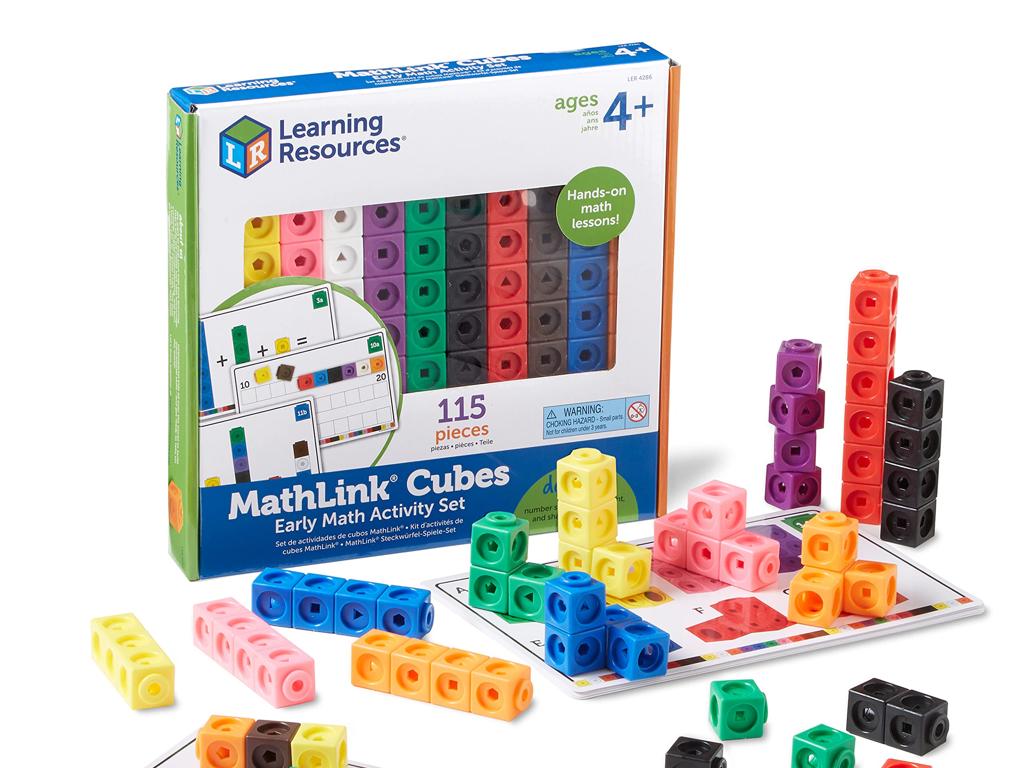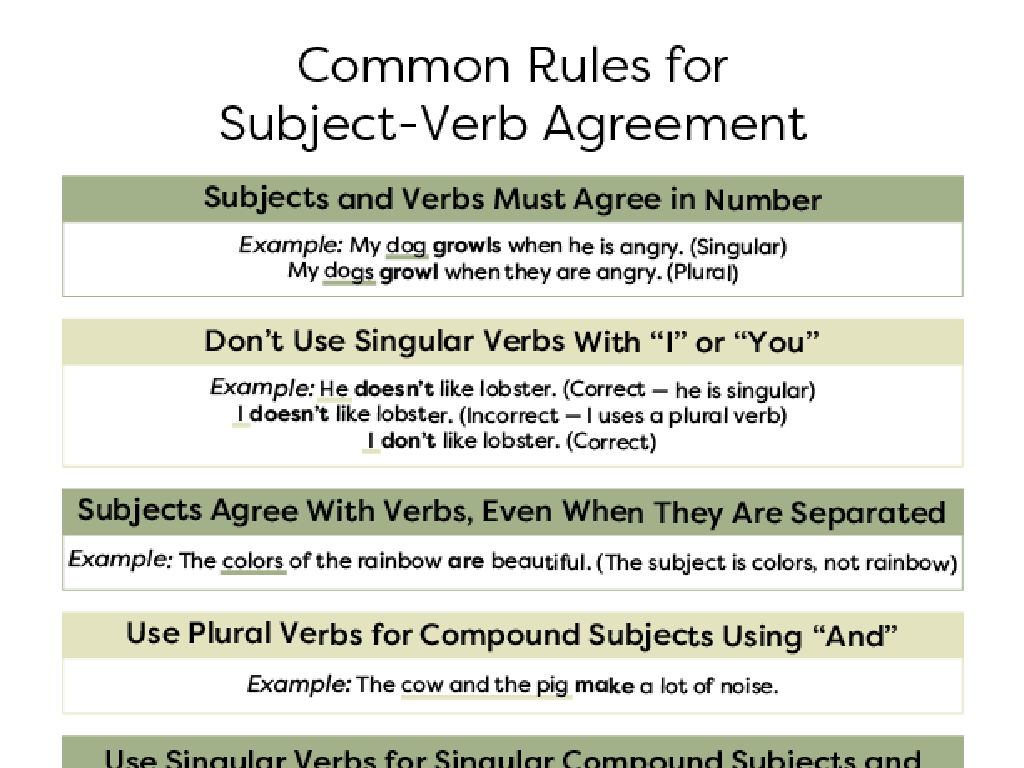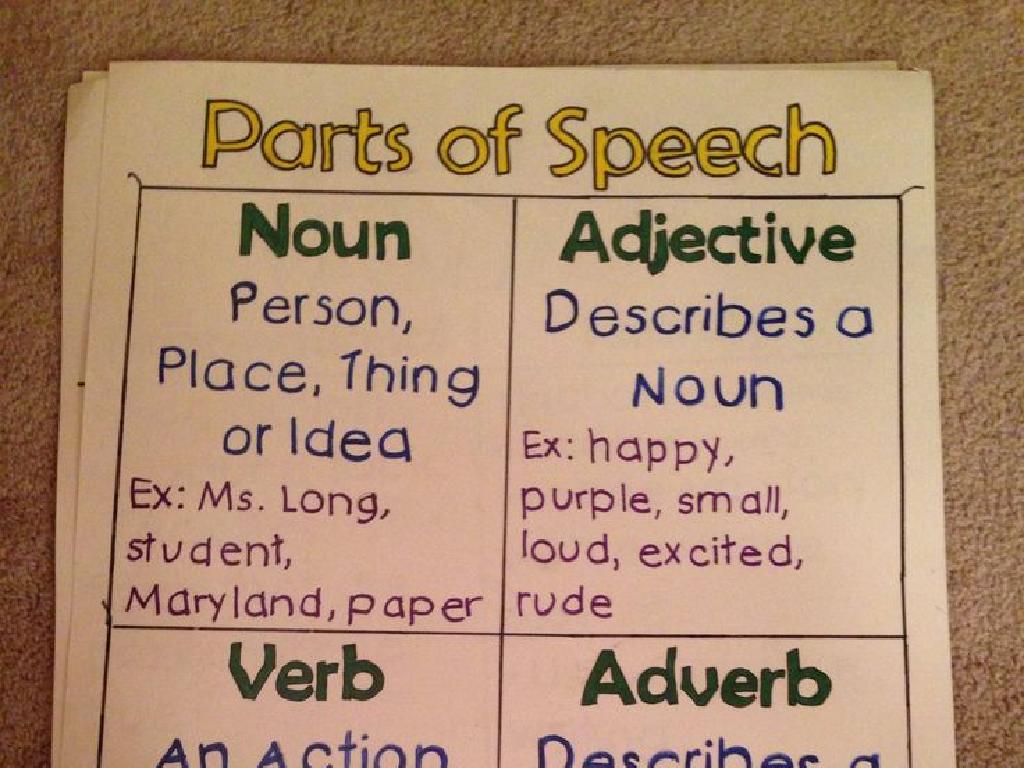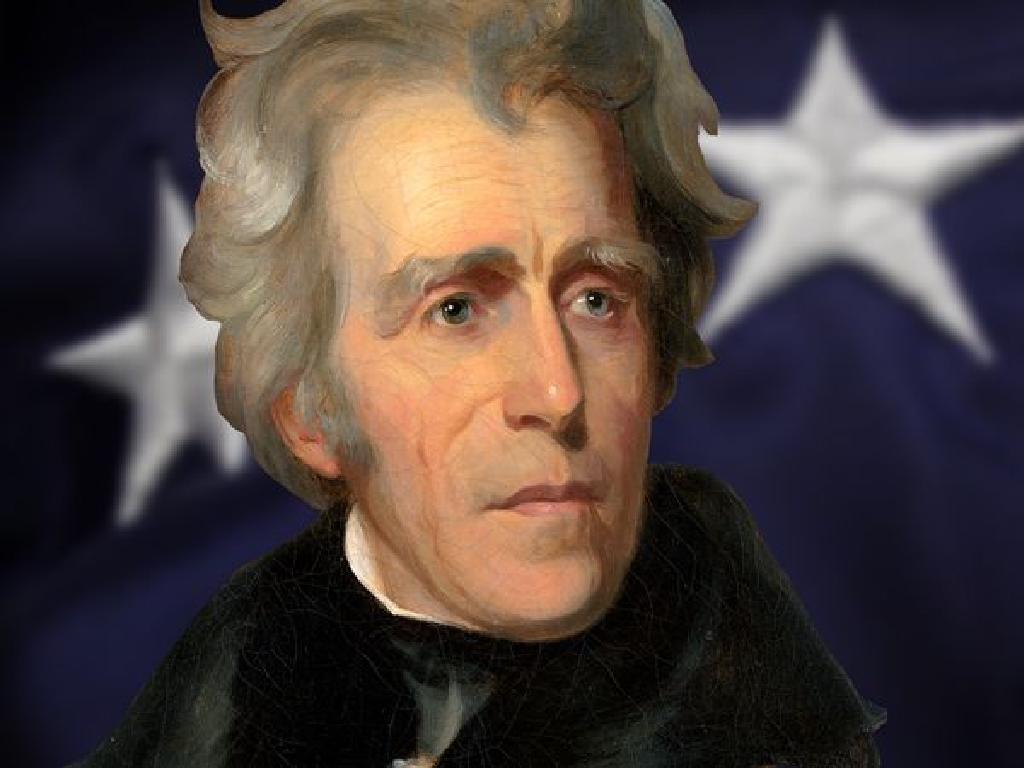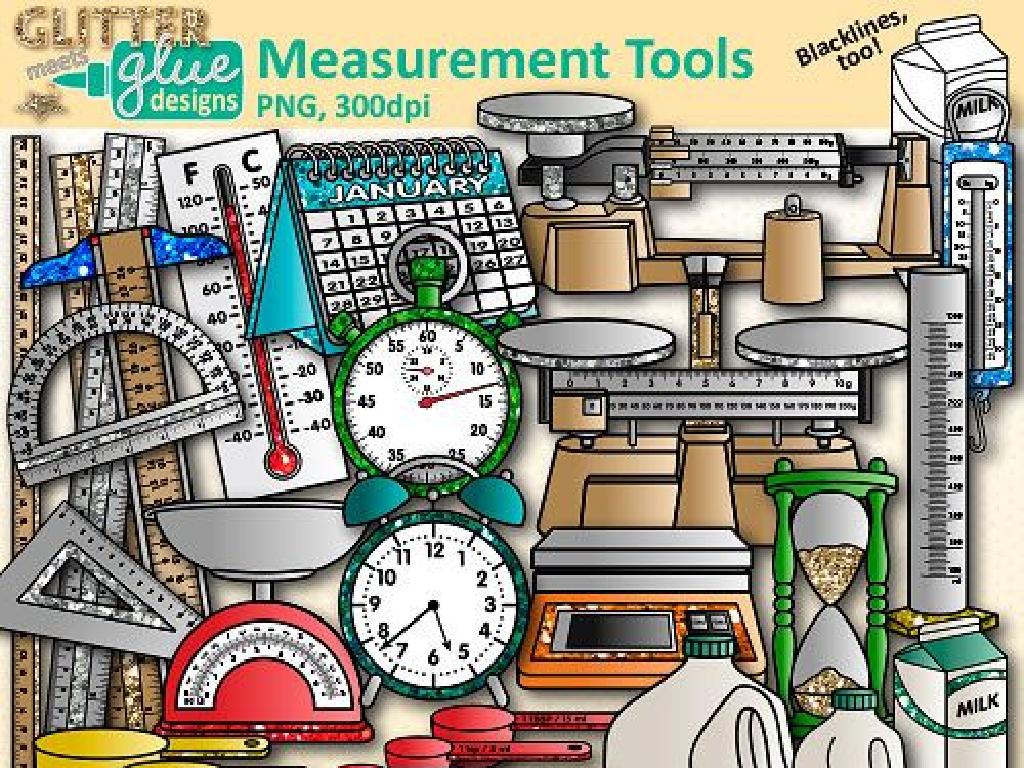Add Money Amounts - Word Problems
Subject: Math
Grade: Third grade
Topic: Money
Please LOG IN to download the presentation. Access is available to registered users only.
View More Content
Introduction to Money: Adding It All Up!
– Money as a trade tool
– Money is used to buy and sell items instead of trading goods.
– Types of U.S. currency
– Learn about pennies, nickels, dimes, quarters, and dollar bills.
– Importance of adding money
– Adding money helps us know how much things cost in total.
– Practice with word problems
– We’ll solve problems about buying items with different amounts.
|
This slide introduces students to the concept of money as a medium of exchange, replacing the barter system. It will cover the various types of U.S. currency, including both coins and bills, and emphasize the importance of being able to add different money amounts to manage purchases. The goal is to prepare students for real-life scenarios where they need to calculate total costs, make change, and understand the value of different combinations of money. Encourage students to bring in examples of currency for a hands-on experience. As an activity, present word problems that involve adding money, such as calculating the total cost of a small grocery list or the change returned from a purchase.
Recognizing Money: Coins & Bills
– Identify different coins
– Pennies, nickels, dimes, quarters
– Learn the value of bills
– $1, $5, $10, $20 bills
– Match money to their values
– Connect each coin/bill to its value
– Practice with real examples
– Use play money for hands-on learning
|
This slide introduces students to the basics of U.S. currency, focusing on recognizing and understanding the value of coins and bills. Start by showing real or play coins and bills, and discuss their names, values, and physical differences. Use visual aids to help students memorize the values. Engage the class with matching exercises where they connect different denominations with their corresponding values. Incorporate hands-on activities with play money to reinforce learning. Encourage students to share experiences of using money in real life to make the learning process relatable and practical.
Adding Money: Coins and Bills
– Add same coins together
– Like 5 pennies + 5 pennies equals 10 pennies, which is $0.10
– Combine different coins
– For example, 2 dimes ($0.20) + 3 nickels ($0.15) equals $0.35
– Add bills for total amount
– Easy! Just like adding numbers: $1 + $1 equals $2
– Practice with word problems
|
This slide introduces students to the concept of adding money, starting with simple same-coin addition and progressing to combining different coins and bills. Emphasize that adding money is similar to adding numbers, but they need to keep track of the value of each coin and bill. Use real coins and bills or visual aids to demonstrate. After explaining, give students word problems to practice adding various amounts of money, reinforcing the concept and helping them apply it to real-world situations. Encourage students to think about how they use money addition in everyday life, like when buying snacks or saving allowance.
Adding Money: Word Problem Steps
– Read a word problem aloud
– Find the money amounts
– Look for dollar signs and numbers
– Discuss solution steps
– Add amounts together to find the total
– Practice with examples
– Use example: If you have $3 and find $5 more, how much do you have now?
|
This slide is designed to guide students through the process of solving word problems involving adding money. Start by reading a problem aloud to the class to ensure understanding. Next, help students identify the money amounts mentioned in the problem, looking for dollar signs and numerical values. Discuss the steps to solve the problem, which typically involve adding the identified amounts together. Use relatable examples, such as finding money or receiving an allowance, to demonstrate the concept. Encourage students to explain their thought process as they solve the problem. Provide additional practice problems for students to try individually or in groups, and be ready to assist anyone who needs extra help.
Adding Money: Word Problems
– Example: Buying a toy car and a pencil
– Toy car costs $3, pencil costs $1
– Total spending calculation
– Add the costs to find total: $3 + $1
– Step-by-step addition
– Show: $3 + $1 equals $4
– Practice together on the board
|
This slide introduces students to solving word problems involving adding money. Start with the example problem of buying a toy car and a pencil. Explain that to find the total cost, we add the price of each item together. Demonstrate the addition on the board step by step, showing $3 for the car plus $1 for the pencil equals $4 in total. Encourage the students to follow along and solve the problem with you. After explaining, invite students to come up to the board to try similar problems, guiding them through the process. This hands-on activity helps reinforce the concept and ensures they understand how to approach and solve these types of word problems.
Practice Time: Adding Money through Word Problems
– Pair up for problem-solving
– Use play money for practice
– Visualize adding amounts with fake currency
– Discuss the word problems
– Share your solutions
– Explain how you solved the problem
|
This slide is designed to engage students in a hands-on activity to strengthen their understanding of adding money through word problems. Students will work in pairs to encourage collaboration and communication. Provide each pair with play money to help them visualize the problems and make abstract concepts more concrete. After solving the problems, each pair will share their solutions with the class, explaining their thought process and how they arrived at their answers. This activity not only reinforces mathematical concepts but also builds social and presentation skills. Possible activities: 1) Buying items from a classroom ‘store’ with set prices, 2) Calculating change from a purchase, 3) Adding up money earned from chores, 4) Planning a budget for a small party.
Class Activity: Money Scavenger Hunt
– Find items with price tags
– Add amounts using money
– Use real or play money to add
– Record total amount
– Write the sum of the items’ prices
– Discuss findings with class
– Share how you calculated the total
|
This activity is designed to provide students with a practical application of adding money amounts through a fun and interactive scavenger hunt. Set up the classroom with various items labeled with price tags. Provide students with real or play money to simulate a shopping experience. They will practice adding different money amounts to find the total cost of the items they ‘purchase’. After adding up their totals, students will write down the amount and later discuss their methods and findings with the class. This will help reinforce their understanding of money concepts and improve their addition skills. For the teacher: Prepare different sets of items with varying prices to cater to different skill levels. Encourage students to double-check their math and consider offering bonus challenges, such as finding the total of specific item categories.
Adding Money: Review & Homework
– Recap on adding money
– Importance of money addition
– Helps with budgeting, shopping, saving.
– Homework: word problem worksheet
– Solve more problems to strengthen skills.
– Practice makes perfect!
|
As we conclude today’s lesson, remind students of the key steps in adding money amounts and solving word problems. Emphasize how these skills are applicable in real-life scenarios such as making purchases, planning savings, or even running a lemonade stand. For homework, students are assigned a worksheet with additional word problems to reinforce their understanding. Encourage them to approach each problem methodically, breaking down the problem into smaller, manageable parts and to check their work for accuracy. Remind them that consistent practice is essential for mastering the concept of adding money.

